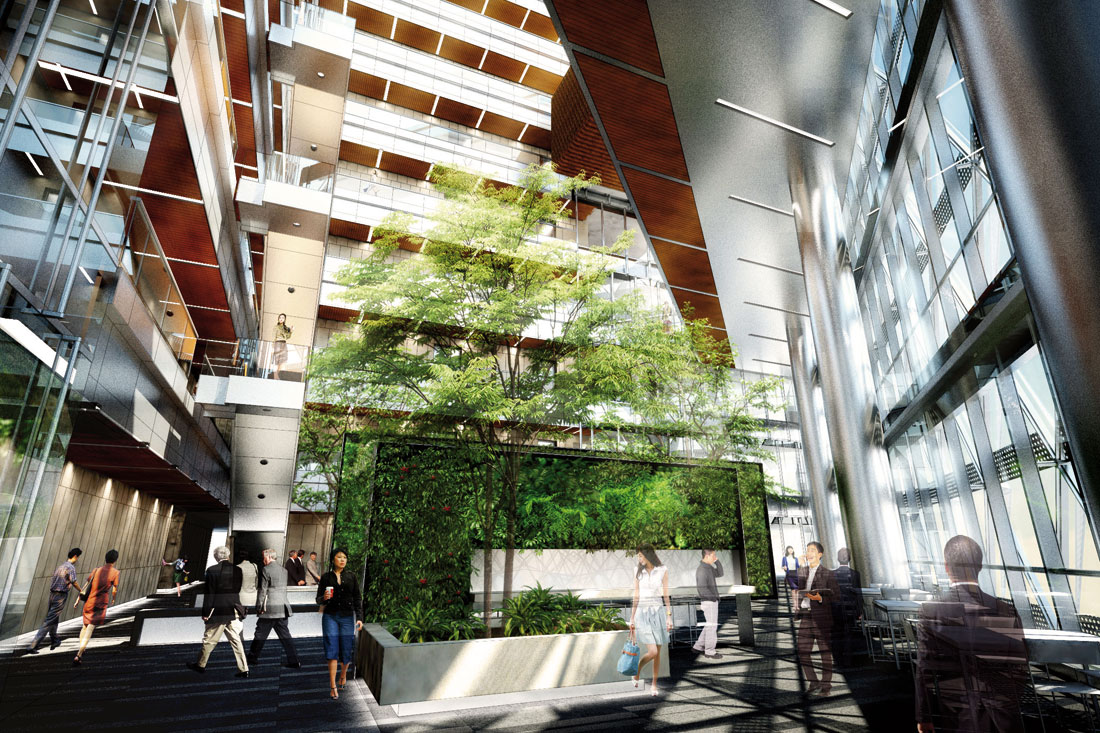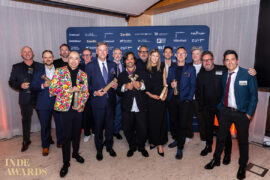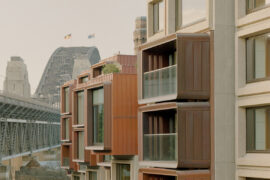With its newest office opening in Singapore, international architecture practice Woods Bagot channels its attention to growing its business in Southeast Asia.

November 8th, 2016
Woods Bagot has been working on a growing number of significant and large-scale projects in Singapore and this region. According to Woods Bagot’s Regional Executive Chairman Mark Mitcheson-Low, the opening of a new Singapore office at 77A Duxton Road (along with the recent establishment of a Malaysia studio in March) is a natural progressive step towards strengthening the company’s presence in the region and its relationships with local clients. He tells Olha Romaniuk more about the company’s latest move.
By establishing a local presence in Singapore, what types of projects and clients does Woods Bagot hope to take on?
Woods Bagot has already undertaken large corporate fit-out projects such as Google and SingTel and large architectural projects such as the Funan Mall. It is our intention to continue to be involved in the design of large architectural and interior projects within the transportation, education, science and technology, and hospitality sectors.
How did Woods Bagot work with clients in Singapore before establishing the locally based studio here?
Woods Bagot has had a registered business in Singapore for four years with one or two key individuals on the ground. The projects have been serviced by bringing in the expertise from our sectors from both Hong Kong and Australia. The intention now is to increase the number of key personnel in Singapore, while continuing to support the team by bringing our specialists and experts to Singapore for projects.
With the opening of a studio in Malaysia in March, and now an office in Singapore, how do you forsee these new additions benefiting the company’s presence in the region?
Woods Bagot currently covers five regions – Australia, North America, Europe, Middle East and Asia. The intention of establishing both a Kuala Lumpur and now a Singapore office is to create our sixth region – Southeast Asia. It is not only important for us to have projects in Singapore and Kuala Lumpur, but to be in those locations to work with clients that may be undertaking work in other parts of Southeast Asia and Australia.
What is the Woods Bagot collaborative design process and how do the different studios across the globe benefit from such an approach?
Woods Bagot has a very strong global model and structure with a global ownership shareholding model, no headquarters and no franchises. Therefore, the studios are owned solely by shareholders, and it is in their interest to make sure that all studios are successful. We share projects, clients, experience and knowledge to bring the best of our global design intelligence to each and every project. This is how Woods Bagot has successfully grown its geographic spread, portfolio and expertise to major projects all over the world. Our intention is to bring this to our clients in Singapore.
How do you think the Singapore studio, specifically, will be able to contribute to the knowledge-sharing culture of the company?
We are establishing the studio with a combination of local Singaporean designers and qualified architects, along with several senior personnel who have worked with Woods Bagot for some time. Singapore is seen as a regional hub with a direction of high energy research and education ambitions. Woods Bagot will not only learn from its integration into Singapore and benefit from it, but also bring benefits to Singapore from our global platform and reach. We are specifically looking to bring our global knowledge and integrate it with local needs and experience.
Besides yourself in the role of Regional Executive Chairman, who will be some of the key staff members of the Singapore studio and what experience and expertise will they bring to the office?
Ken Anderson, a Senior Associate from our Perth studio, will be relocating to Singapore to collectively run the region with Associate Principal Matt Gaal, who is located in Kuala Lumpur. We have also employed a locally registered Senior Architect Raymond Ang, and Senior Interior Designer Joey Quek who will join Joanne Morris in running our Interiors team. In addition, we are employing senior Singaporean architects in other regions such as Michael Tan who will be joining our Perth studio. This way, we increase the diversification and knowledge between the various studios, allowing an easy transfer of knowledge and experience around Singapore.
INDESIGN is on instagram
Follow @indesignlive
A searchable and comprehensive guide for specifying leading products and their suppliers
Keep up to date with the latest and greatest from our industry BFF's!

How can design empower the individual in a workplace transforming from a place to an activity? Here, Design Director Joel Sampson reveals how prioritising human needs – including agency, privacy, pause and connection – and leveraging responsive spatial solutions like the Herman Miller Bay Work Pod is key to crafting engaging and radically inclusive hybrid environments.
The new range features slabs with warm, earthy palettes that lend a sense of organic luxury to every space.

Gaggenau’s understated appliance fuses a carefully calibrated aesthetic of deliberate subtraction with an intuitive dynamism of culinary fluidity, unveiling a delightfully unrestricted spectrum of high-performing creativity.

At Saltbox in Sydney, this year’s INDE winners – including a Best of the Best from Asia – were announced at an extravagant, fun Gala awards night.

Cox Architecture, Woods Bagot and Zaha Hadid Architects are all part of the newly completed Western Sydney International (Nancy-Bird Walton) Airport (WSI) terminal.
The internet never sleeps! Here's the stuff you might have missed

Director Ian Briggs is one of the longest serving members of the Plus team and – with a milestone rebrand complete and a Sydney event just yesterday – he walks us through the state of play at the practice in 2025.

The INDE.Awards 2025 has crowned Sirius Redevelopment by BVN as the winner of The Multi-Residential Building, sponsored by CULT. This ambitious project redefines urban living in Sydney’s historic Rocks precinct while preserving heritage, reducing embodied carbon, and elevating residential design.